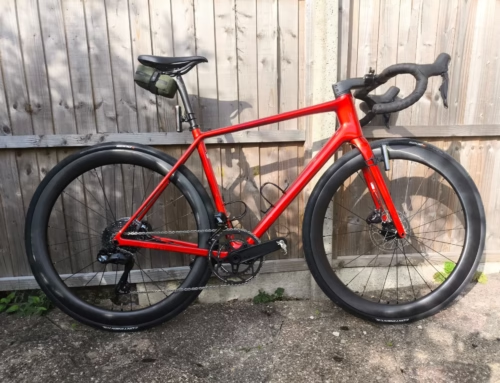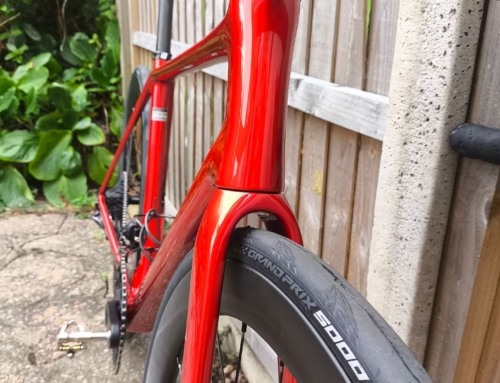Understanding Enduro Mountain Biking
Enduro racing is a type of mountain bike competition that has become increasingly popular overseas, though it remains relatively niche and less well-known in China. It belongs to the broader mountain bike racing category, sharing similarities with Cross-Country (XC) and Downhill (DH) but also featuring distinct differences. Enduro emphasizes both technical skill and fun, making it a unique style of racing. So, what exactly is Enduro? Let’s take a closer look.
Origins of Enduro
The roots of Enduro mountain carbon bike racing can be traced back to 2003, when Fred Glo organized the Tribe 10,000 race in Val d’Allos — the first event officially called an Enduro race. Looking further back, the concept connects to the Six Days of Enduro motorcycle race held in 1913, which served as the model for modern MTB Enduro.
As its popularity grew, Enduro events began appearing in different regions worldwide. Compared with the century-old history of road cycling or the decades-long development of XC, Enduro is still considered a “little boy.” However, its fresh format and unique appeal continue to attract riders, and its community keeps expanding. Many cyclists in China are now getting into Enduro and Enduro-specific bikes. Still, the lack of long, suitable trails at home means Enduro has a long way to go before fully developing domestically.
Enduro Bikes
Since Enduro evolved from motorcycle endurance racing, Enduro bikes often resemble “stripped-down” versions of endurance motorcycles. They sit somewhere between XC and DH bikes:
-
Front suspension travel: 160–180mm, shorter than DH bikes (around 200mm).
-
Rear suspension: about 6 inches (soft-tail design), unlike the hardtails used in XC.
This in-between design reflects the demands of Enduro tracks. Unlike DH courses with massive jumps and extreme drops, Enduro trails exclude such features, so suspension travel is reduced. However, the terrain still requires strong performance to handle challenging descents, small jumps, and tight corners — conditions XC bikes struggle with.
Enduro Race Format & Rules
Enduro courses are descent-focused, with downhill sections making up about 70–80% of the total track.
-
Uphill segments: These are untimed transfer stages, with organizers setting a cut-off time. Riders can climb at their own pace — pedaling or pushing their bikes — as long as they reach the next stage before the time limit. For mass-participation events, the time limit is generous, allowing riders to chat and enjoy the climb. But if you miss the cut-off, you’re out of the race.
-
Downhill segments: These are the timed stages where riders race against the clock, tackling long descents, rough terrain, and some flat sections. The fastest rider wins, similar to DH, but with less extreme terrain. That said, Enduro is by no means “easier” — the technical demands remain high.
Starts are typically staggered, with riders leaving one by one due to the narrow trails in forests and mountains. In some events, chairlifts or shuttle transfers are used between stages.
Course Selection
Because Enduro involves long rides, race organizers often design routes that combine technical riding with scenic landscapes, such as snow-capped mountains, meadows, hills, and valleys. Courses are divided into multiple stages within the same region, balancing both riding enjoyment and logistical convenience.
The Appeal of Enduro
Unlike DH races, which are decided in seconds on a single track, Enduro spans multiple stages across diverse terrain, often featuring breathtaking scenery. Riders not only compete but also experience local culture — enjoying food, meeting new friends, and taking part in post-race activities before the next day’s stage.
For elite riders, Enduro is a serious competition. But for enthusiasts, it’s more like a festival of mountain biking, where every participant can enjoy the ride, the trails, and the atmosphere.
The Top Tier of Enduro Racing
Today, the world’s most prestigious Enduro events fall under the Enduro World Series (EWS), which represents the highest standard of competition. These races follow strict international formats, and only riders or teams affiliated with EMBA (Enduro Mountain Bike Association) are eligible to participate.






